Looking for the best spots to ski tour in 2025? The Alps and Rockies are where it's at. With resort skiing facing challenges like shorter seasons and snow reliability issues, more skiers are heading into the backcountry for untouched powder and adventure. Plus, lightweight gear like Snowfeet’s WALKSKI Backcountry Touring Skis makes it easier than ever to explore these iconic mountain ranges.
Key Takeaways:
- Why Backcountry Skiing? Resorts are seeing less snowfall (28% drop in some areas) and shorter seasons, pushing skiers to seek better snow conditions off-piste.
- Alps Highlights: Famous routes like Chamonix’s Vallée Blanche and the Haute Route offer stunning glacier descents and multi-day traverses.
- Rockies Highlights: Colorado’s 10th Mountain Division Hut System and Montana’s Glacier National Park provide vast, powder-filled terrain for all skill levels.
- Gear Game-Changer: Snowfeet’s compact, lightweight skis make backcountry skiing more accessible, especially for beginners or those tired of bulky setups.
Whether you’re tackling the steep couloirs of the Alps or cruising through the Rockies' deep powder, these destinations - and the right gear - can transform your skiing experience. Let’s dive into what makes each range special and how to prepare for your next adventure.
Unlock The Hidden World Of Backcountry Skiing
1. Alps Touring Ski Destinations
The European Alps are a dream for touring skiers, offering jaw-dropping peaks and expansive glaciers. With Snowfeet* gear, the experience gets even better. Its portability and simplicity set it apart from traditional setups, making it easier to explore iconic spots like Chamonix and the Dolomites. Let’s dive into what makes these destinations - and your gear - so special.
Scenic Routes
Chamonix, France, often called the birthplace of off-piste skiing, is a must-visit for alpine touring enthusiasts. The Vallée Blanche, a legendary 13.7-mile glacier route with a 6,560-foot descent, provides stunning views and thrilling challenges. Snowfeet* gear shines here, offering agility and control in tight glacier sections where traditional skis can feel bulky. The 100 cm WALKSKI Backcountry Touring Skis, for example, make navigating crevasses much safer and more precise.
For a longer adventure, there’s the Haute Route, which stretches from Chamonix to Zermatt. This 5- to 7-day traverse takes you across breathtaking alpine landscapes, mostly above 9,840 feet. With daily ascents and descents of up to 3,940 feet, lighter gear like Snowfeet* makes a big difference. It reduces fatigue, letting you focus on the journey instead of lugging heavy equipment.
Beginners aren’t left out either. The Silvretta Ski Traverse, located along the Swiss-Austrian border, is ideal for those new to ski touring. Snowfeet* products make learning easier, as their compact design removes the intimidation factor of handling long, cumbersome skis. Practicing techniques like kick-turns on steep slopes becomes far less daunting.
These routes highlight how Snowfeet* gear can enhance your alpine touring experience, whether you’re a seasoned pro or just starting out.
Terrain Variety
The Alps cater to every skill level, offering something for everyone. For advanced skiers, La Grave, France, boasts rugged terrain with dramatic 5,900-foot couloirs. Here, the shorter, more maneuverable design of Snowfeet* skis provides a safety edge, especially in tight spots.
On the other hand, Italy’s Dolomites offer gentler options, perfect for those who prefer a more relaxed pace. The famed Sellaronda circuit - a 25-mile loop connecting four mountain passes and villages - is a great example. Snowfeet* gear’s lightweight design makes it easy to enjoy such long routes.
Austria’s Lech, part of the Arlberg ski region, offers over 186 miles of trails to explore. The White Ring circuit, spanning 13.7 miles with more than 18,040 feet of elevation, is a favorite. When covering this much ground in a day, every ounce of weight saved by using Snowfeet* gear counts.
Cervinia, Italy, shares a massive cross-border ski area with Zermatt, offering access to over 224 miles of slopes. The terrain ranges from wide-open glacier runs to technical couloirs, all set against the stunning backdrop of the Matterhorn. Whether you’re tackling steep descents or cruising through open snowfields, Snowfeet* gear adapts seamlessly.
Accessibility
Touring in the Alps shouldn’t feel like a logistical nightmare, but traditional gear often makes it one. Heavy, complicated setups with specialized boots and bindings can be a hassle - not to mention expensive. Snowfeet* changes the game. You can use your regular winter boots, pack your gear in a standard backpack, and hit the slopes without breaking the bank.
Many Alpine destinations offer guided tours that require renting or owning traditional gear. With Snowfeet*, you can skip the rental lines and explore on your own terms. Plus, the learning curve is shorter. Most people get the hang of Snowfeet* techniques in just a few hours, compared to the days it can take to master traditional setups.
Gear Compatibility
The Alps present unique challenges, and Snowfeet* gear rises to meet them. High-altitude glacier skiing demands safety gear like avalanche transceivers, shovels, and probes. Thanks to its compact and lightweight design, Snowfeet* leaves you with more room to carry these essentials.
In technical terrain, such as Chamonix’s couloirs, the shorter design of Snowfeet* skis allows for quick edge changes and better control. This eliminates the tail-catching issues that often plague longer skis.
And let’s not forget the unpredictable Alpine weather. When conditions shift quickly, Snowfeet* bindings let you transition between touring and skiing modes in seconds - no fumbling with complex mechanisms. That simplicity can be a lifesaver when time is of the essence.
The Alps’ interconnected lift systems are another win for Snowfeet*. Its compact, easy-to-carry design makes it perfect for mixed adventures. Transition seamlessly from lifts to village streets to backcountry trails, blending resort skiing with off-the-beaten-path exploration.
2. Rockies Touring Ski Destinations
The North American Rockies offer a backcountry experience like no other, with sprawling wilderness and deep powder that have long been a playground for ski enthusiasts. Snowfeet* gear is changing the game, making these legendary peaks more approachable and enjoyable for adventurers. Let’s dive into some standout routes across Colorado, Utah, and Montana, along with the unique terrain and challenges these mountains bring.
Scenic Routes
Colorado’s backcountry is home to the 10th Mountain Division Hut System, a network of over 350 miles of trails connecting Aspen and Vail. These trails are perfect for multi-day trips through untouched wilderness. On narrow, winding paths where traditional skis can feel clunky, Snowfeet* gear stands out with its maneuverability, making those tight turns a breeze.
In Utah, the Wasatch Range is known for its incredible powder, just a short drive from Salt Lake City. Routes like Catherine’s Pass and Days Fork offer easy access to pristine snow. The shorter design of Snowfeet* skis reduces drag and makes quick, precise turns much easier than with bulkier setups, letting you fully enjoy the terrain.
Montana’s Glacier National Park offers expansive backcountry opportunities for those willing to venture beyond the resorts. The park’s varied terrain - ranging from open meadows to dense tree runs - requires lightweight, versatile gear. Snowfeet* products help you move swiftly and efficiently, whether you’re navigating wide-open spaces or weaving through tight forest trails.
Terrain Variety
The Rockies cater to every skill level, from gentle slopes to adrenaline-pumping couloirs. Take Jackson Hole, for example. Its backcountry, particularly around Teton Pass, offers everything from beginner-friendly bowls to expert-level chutes. For newcomers, traditional ski setups can feel overwhelming, but Snowfeet* simplifies the experience, making the mountains more accessible and less intimidating.
Colorado’s famous 14ers, like Mount Elbert and Mount Massive, are a dream for high-altitude touring. These peaks are especially popular for spring skiing, where traveling light is a game-changer. Snowfeet*’s compact design makes scaling and descending these giants far more enjoyable than lugging around heavy, complicated gear.
Accessibility
Historically, the Rockies have been seen as a destination for the well-heeled skier, but Snowfeet* is making these mountains more accessible to everyone. Traditional backcountry setups, with their specialized boots, bindings, and skis, can easily cost over $2,000. By contrast, Snowfeet* products start at just $250, lowering the financial barrier to entry.
Safety is always a priority in the Rockies, and avalanche education is a must. Thanks to the compact design of Snowfeet*, you’ll have extra room in your pack for essential safety tools like a beacon, probe, and shovel. Many guided tours also require renting expensive gear or hauling bulky setups, but with Snowfeet*, you can join in without the hassle. Plus, the shorter learning curve means you’ll spend more time on the slopes and less time figuring out your gear.
Parking and trailhead access can be tricky, especially along Colorado’s busy I-70 corridor. Snowfeet*’s streamlined design makes packing up and early morning logistics much simpler. It’s all about making backcountry adventures in the Rockies easier and more enjoyable.
Gear Compatibility
The Rockies are known for their unpredictable conditions - wind, powder, ice, and slush can all make an appearance in a single day. Snowfeet* gear is built to handle these rapid changes. Its shorter length offers better control on icy morning slopes while still floating smoothly in powdery sections.
Tree skiing is another hallmark of the Rockies, especially in Colorado’s backcountry and Utah’s Wasatch canyons. Long skis can get caught on branches or make tight turns a challenge. Snowfeet* turns this obstacle into an opportunity for fun, letting you navigate dense forests with ease.
Mixed terrain is also common here. A single tour might include hiking, skiing, and even some scrambling. Traditional ski boots can make hiking awkward, but Snowfeet* works with comfortable winter boots, making multi-sport adventures much more feasible.
And then there’s the weather. In the Rockies, conditions can shift in the blink of an eye. Snowfeet* gear adapts effortlessly to these changes, keeping things simple and letting you focus on enjoying the adventure rather than worrying about your equipment.
sbb-itb-17ade95
Alps vs Rockies Comparison
When it comes to choosing between the Alps and the Rockies for your next skiing adventure, the differences are as striking as the landscapes themselves. Let’s break it down, focusing on how Snowfeet* gear performs in these two iconic destinations.
The Alps are known for their polished infrastructure and deep-rooted skiing traditions. Picture this: well-marked trails, historic hut-to-hut systems, and a terrain that challenges even seasoned skiers with steep couloirs and glacier crossings. In these technical settings, Snowfeet* gear shines. Its agility and control make it a standout choice, especially when compared to bulkier traditional skis.
The Rockies, on the other hand, offer a more rugged, back-to-nature vibe. Think wide-open bowls, deep powder, and tree-lined runs that cater to everyone from beginners to experts. Snowfeet* gear is a game-changer here, too. It simplifies powder skiing, giving you the performance you need without the bulk of traditional setups.
Weather plays a big role in your experience as well. The Alps are known for rapid changes - icy mornings can turn into slushy afternoons in no time. Meanwhile, the Rockies tend to have more stable conditions, though sudden snowstorms are always a possibility. Snowfeet* gear adapts seamlessly to both environments, thanks to its short length and maneuverability, which help you handle everything from icy patches to fresh powder.
Here’s a quick side-by-side of what each destination offers and how Snowfeet* fits in:
| Factor | Alps | Rockies | Snowfeet* Edge |
|---|---|---|---|
| Scenic Routes | Historic trails with hut systems and cultural landmarks | Vast backcountry routes with a wilderness feel | Easy navigation of narrow trails and tight tree runs |
| Terrain | Steep couloirs, glaciers, technical descents | Open bowls, deep powder, varied difficulty levels | Precision on technical terrain and great float in powder |
| Costs | Higher daily costs (hut fees, rentals, lift tickets) | Lower costs, more beginner-friendly | Affordable alternative to traditional setups |
| Infrastructure | Extensive hut systems, guided tours | Limited backcountry facilities, more self-reliance | Compact gear that’s easy to carry and store |
| Weather | Rapidly shifting conditions | Generally stable, occasional heavy snow | Handles both icy mornings and deep powder days |
Beyond these factors, there’s more to consider. Alpine skiing often requires advanced skills, like glacier navigation and crevasse rescue, while the Rockies emphasize avalanche safety and wilderness survival. Snowfeet* gear’s compact design makes it easy to pack essential safety equipment, whether it’s for glacier rescue tools or emergency bivouac gear.
Transportation logistics also differ. In Europe, the Alps are well-connected by trains, making it easy to hop from one hut to another. In North America, Rockies trips often mean long drives and early starts. Snowfeet* excels in both scenarios - its portability means you can stash it in a train compartment or the trunk of your car without needing extra gear like roof racks.
Conclusion
To wrap things up, both the Alps and the Rockies bring their own flavor of excitement to the skiing scene. The Alps shine with their refined infrastructure, well-marked trails, and charming historic mountain huts steeped in tradition. On the flip side, the Rockies offer untamed backcountry thrills, vast wilderness, and a true sense of North American adventure.
Enter Snowfeet* gear - a game-changer in the world of touring skiing. By swapping out heavy, traditional equipment for lightweight, portable designs, Snowfeet* makes it easier for everyone, from seasoned pros to curious beginners, to hit the slopes. It’s all about simplifying the journey while boosting performance, so you can focus on enjoying the ride.
Whether you're drawn to the cultural charm of the Alps or the wild spirit of the Rockies, Snowfeet* gear helps you get there and make the most of it. With its innovative design, it’s like having a passport to explore these iconic destinations with ease and confidence.
FAQs
What makes Snowfeet's WALKSKI Backcountry Touring Skis a better choice than traditional skis for exploring the Alps and Rockies?
Snowfeet's WALKSKI Backcountry Touring Skis bring a fresh twist to backcountry skiing, whether you're exploring the Alps or the Rockies. Thanks to their compact size and lightweight build, these skis are a breeze to carry - perfect for steep trails or when you're packing light for your next adventure.
One of the best parts? You don’t need specialized ski boots. These skis work with your regular winter boots, saving you time, money, and the hassle of extra gear.
Their shorter length gives you excellent control, which is a huge plus for beginners or anyone tackling narrow, tricky terrain. And let's talk about the built-in climbing skins - they make uphill treks so much easier. No fiddling with extra equipment; just focus on soaking in the views and enjoying the ride.
Whether you're a backcountry pro or just getting started, Snowfeet's WALKSKI is designed to make your alpine adventures simpler and more enjoyable.
What are the key differences between ski touring in the Alps and the Rockies, and how should I prepare for each?
The Alps and the Rockies each bring something special to the table when it comes to ski touring. The Alps charm visitors with their storybook villages, sprawling interconnected ski areas, and thrilling alpine routes - complete with glacier descents for the adventurous. Meanwhile, the Rockies impress with jaw-dropping scenery, famously dry powder snow, and wide, open slopes that welcome skiers of all skill levels.
When gearing up, keep the conditions in mind. The Alps often experience colder temperatures and heavy snowfall, so layering up and investing in weatherproof gear is a no-brainer. On the other hand, the Rockies’ higher altitudes and drier climate mean you’ll need to focus on staying hydrated and protecting yourself from the sun. Wherever you go, always check avalanche conditions and pack essential safety gear - it’s non-negotiable.
For both of these iconic destinations, Snowfeet* WALKSKI Backcountry Touring Skis (100 cm) and Snowfeet* Skiblades are excellent choices. They’re lightweight, versatile, and easy to handle, making them perfect for navigating the varied terrains and conditions you’ll encounter in these legendary mountain ranges.
What safety tips should I follow for backcountry skiing in the Alps and Rockies, and how does Snowfeet gear help?
When you're heading into the backcountry, safety isn't just important - it’s non-negotiable. Start by checking avalanche forecasts to get a clear picture of the conditions in your chosen area. Always pack the essential safety gear: an avalanche beacon, a probe, and a shovel. And here's the key - don’t just carry them; make sure you know how to use them effectively.
Skiing alone? Nope, not a great idea. Always go with a partner or a group. If you’re new to the terrain or just want an extra layer of security, hiring a guide is a smart move. Oh, and don’t underestimate the physical demands of high-altitude touring. Being in good shape can make all the difference out there.
Now, let’s talk gear. Snowfeet* has some awesome options like the WALKSKI Backcountry Touring Skis (100 cm) and Snowfeet Skiblades*. These are designed to make backcountry adventures more accessible and, honestly, more fun. Unlike bulky traditional skis or snowboards, Snowfeet* gear is lightweight, portable, and easy to handle - perfect for tackling rugged terrain. Just remember, while they can elevate your experience, they’re not a substitute for proper safety measures. Safety first, always.







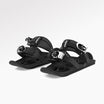
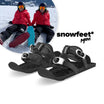
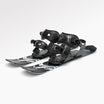
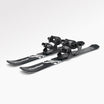

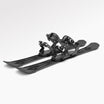

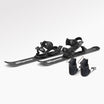






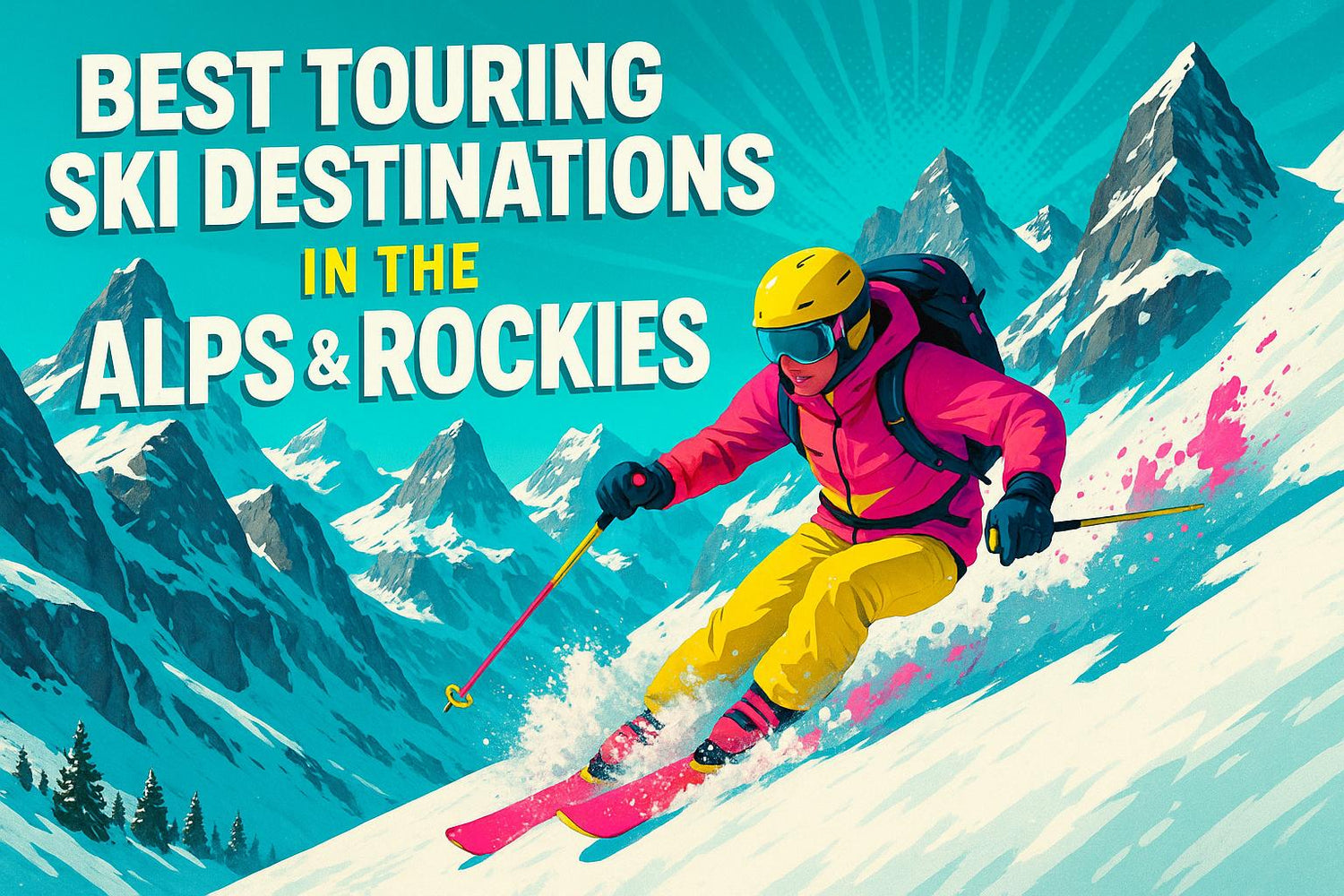
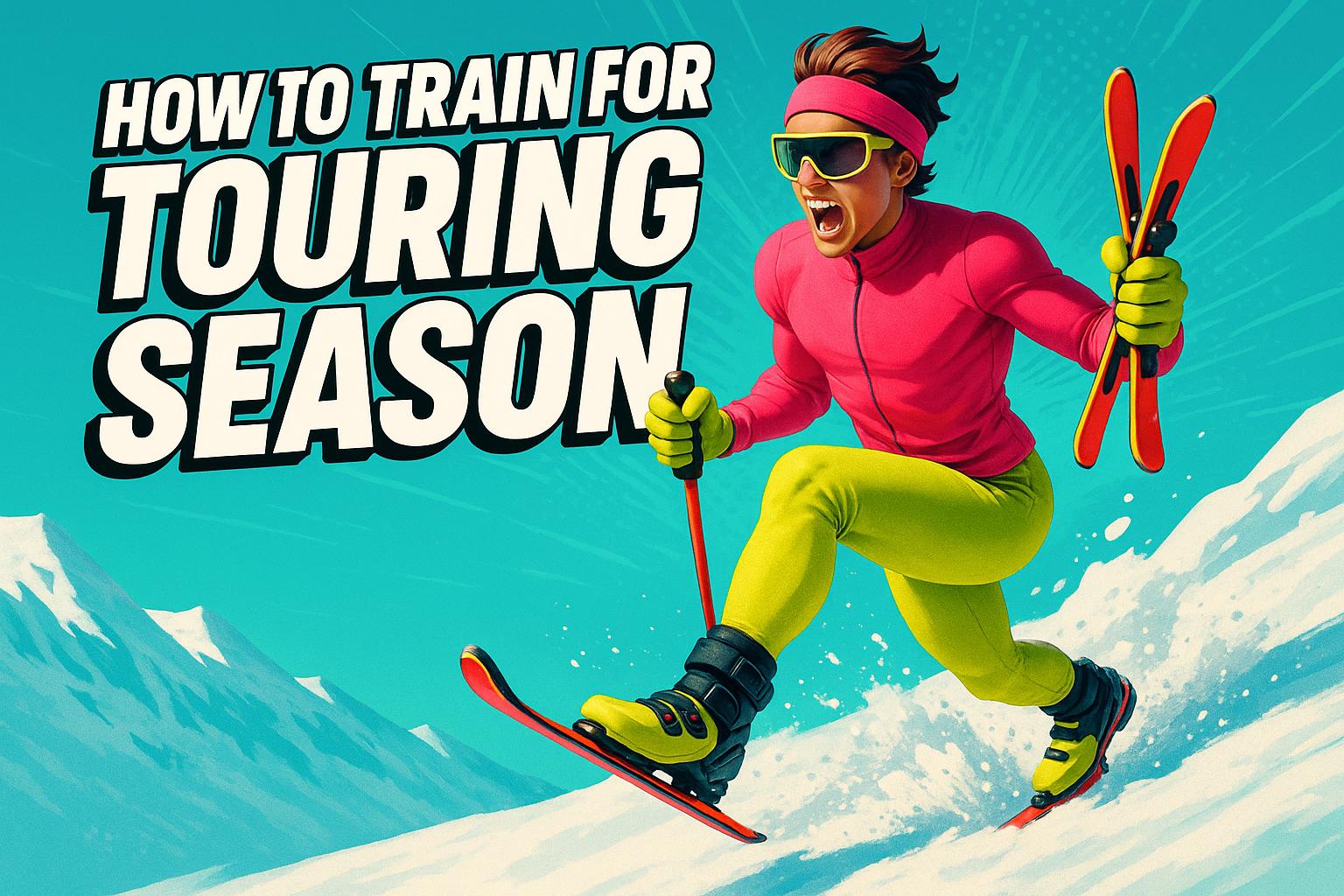





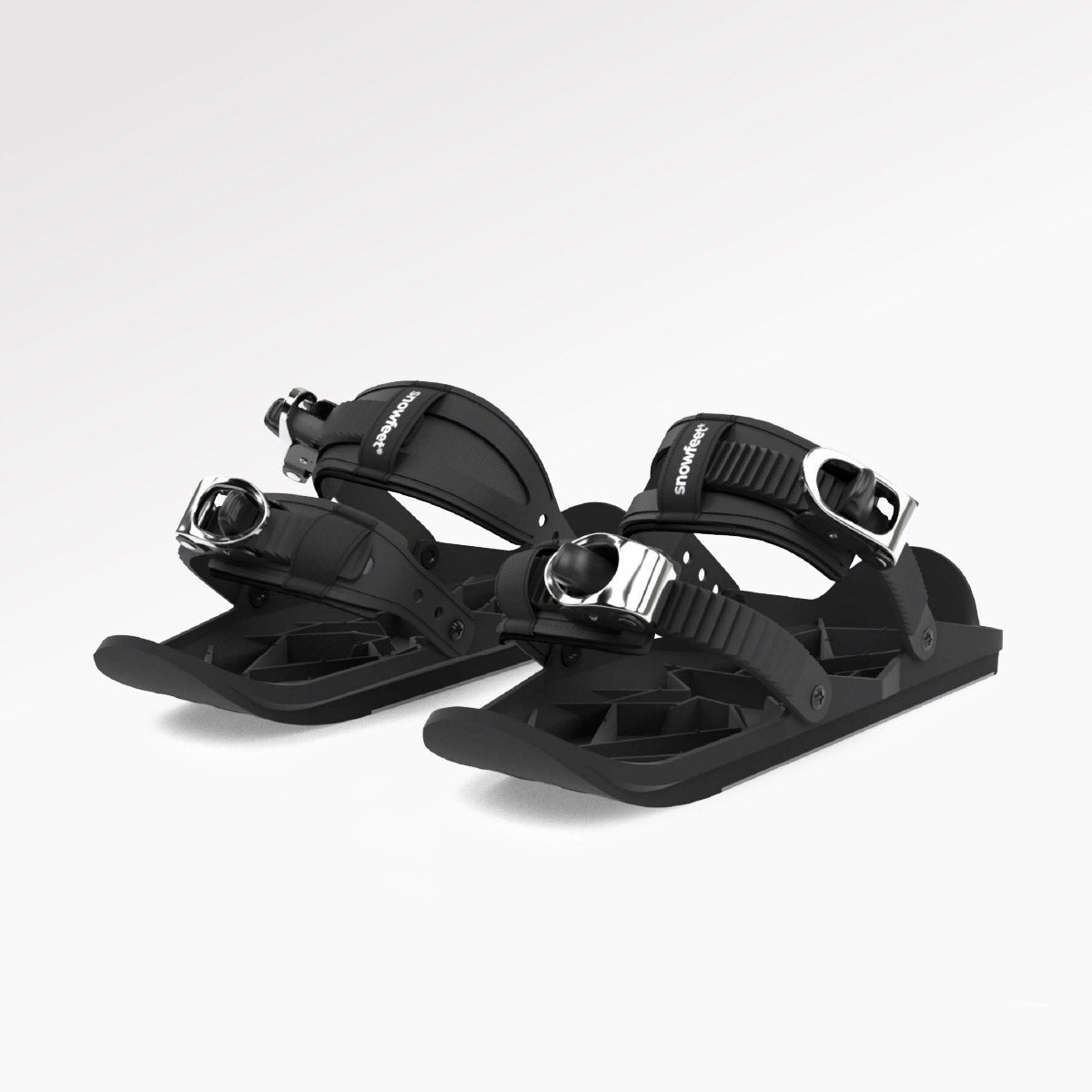
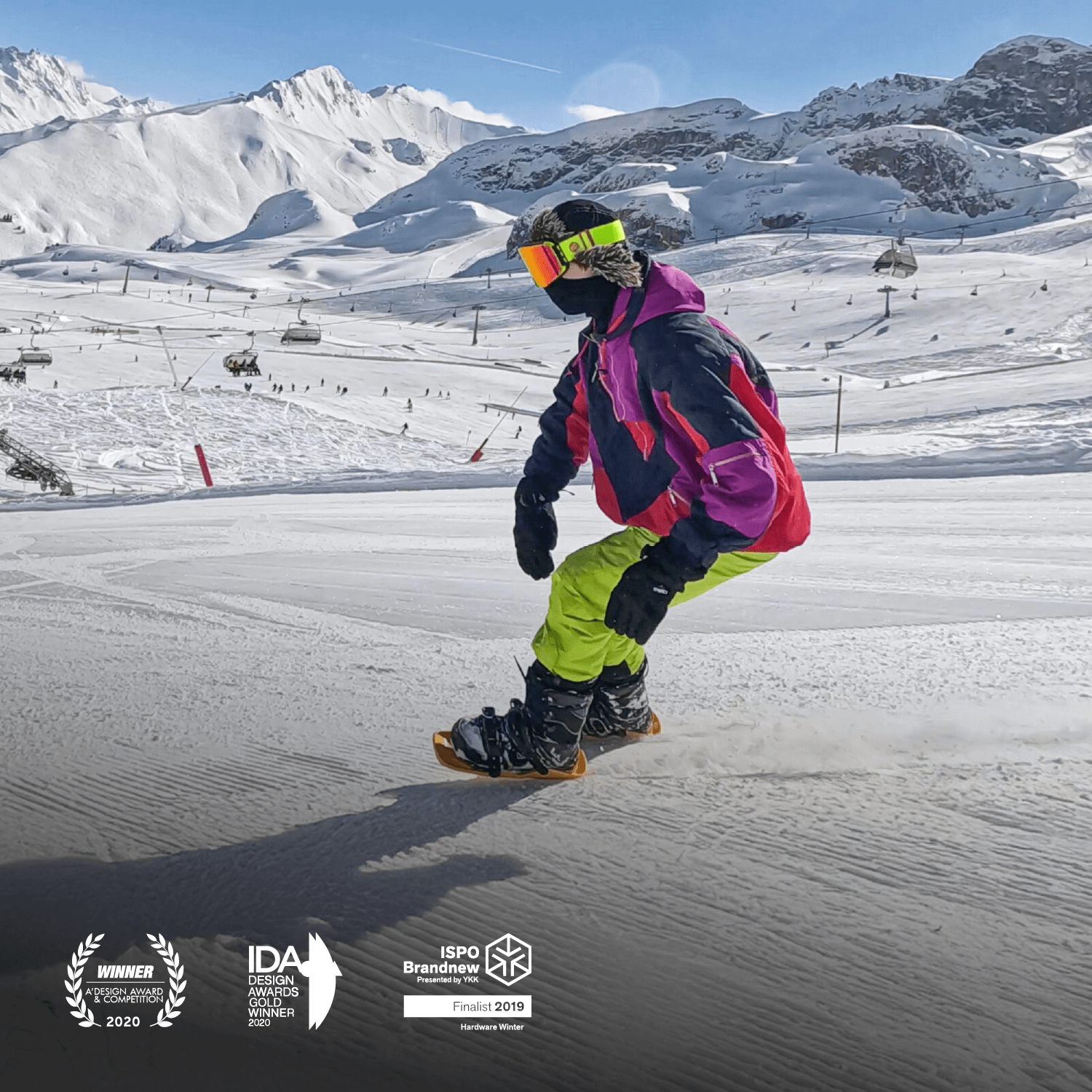
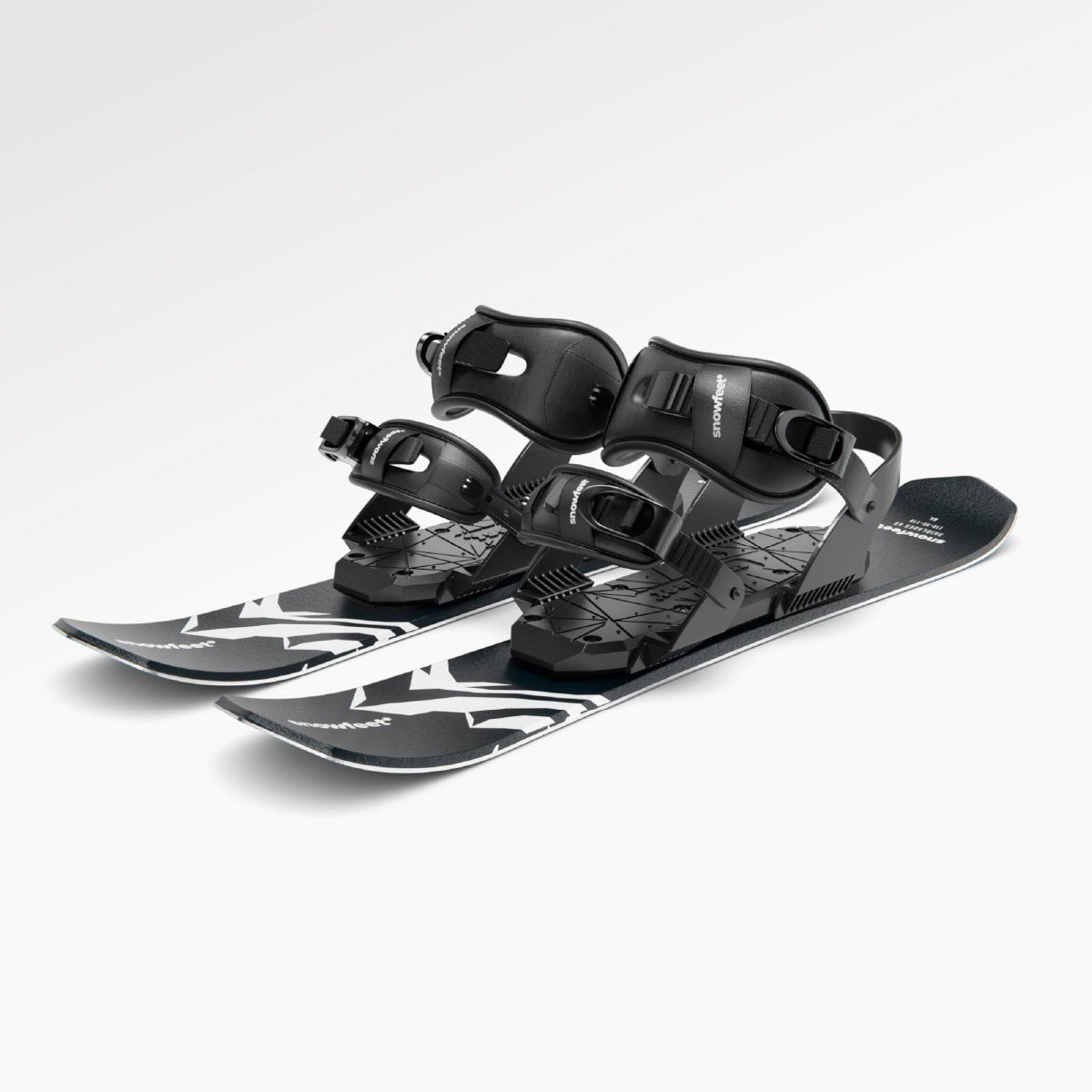

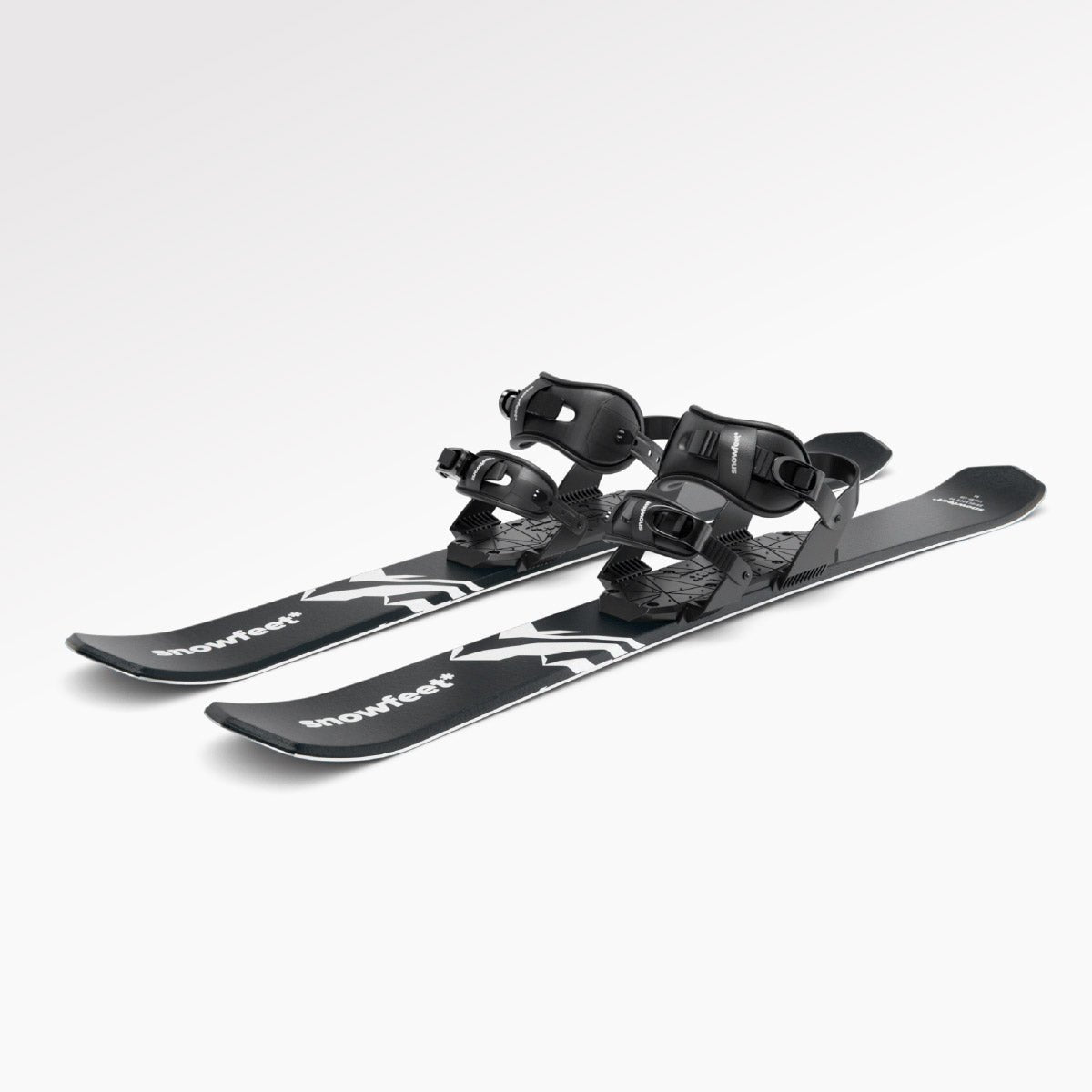

Efterlad en kommentar
Denne side er beskyttet af hCaptcha, og hCaptchas Politik om beskyttelse af persondata og Servicevilkår er gældende.